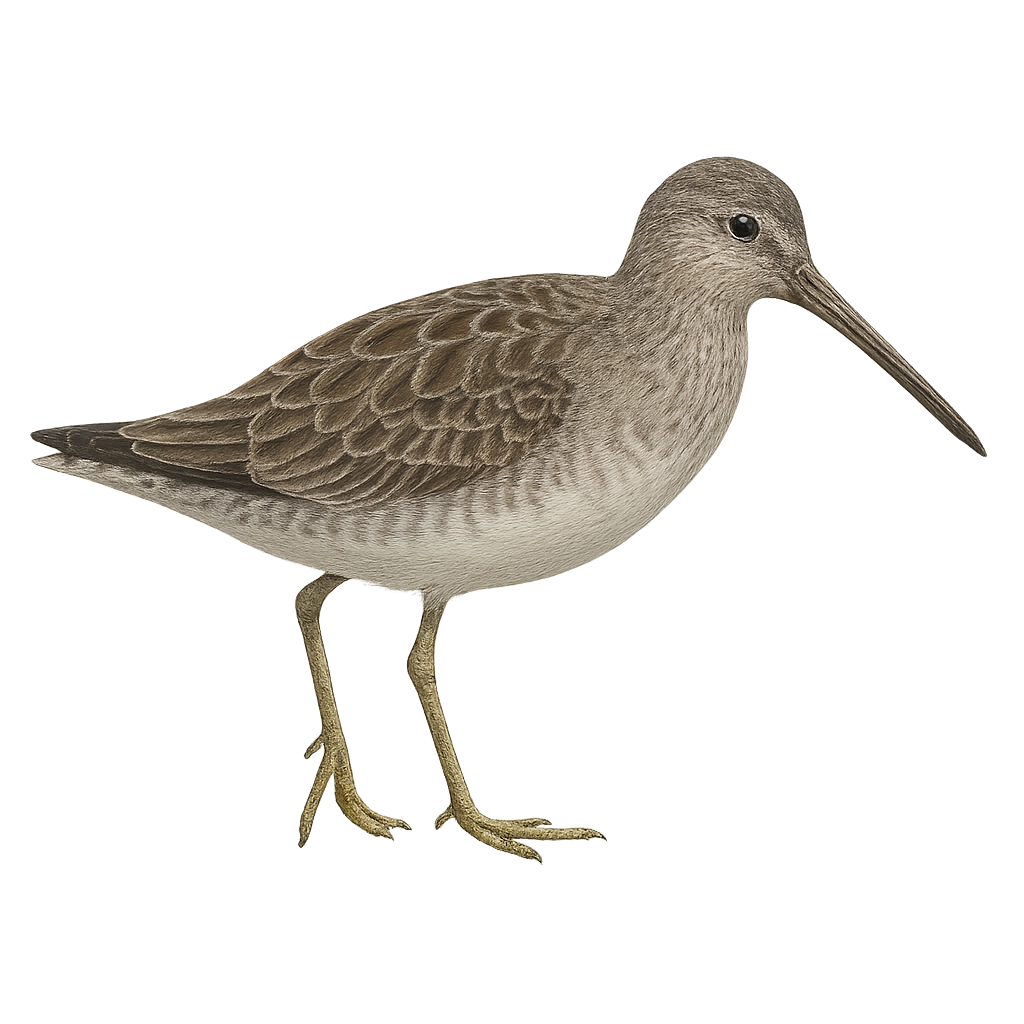Your wildlife photography guide.
Explore the short-billed dowitcher in detail, study its behavior, prepare your shots.
Where to observe and photograph the short-billed dowitcher in the wild
Learn where and when to spot the short-billed dowitcher in the wild, how to identify the species based on distinctive features, and what natural environments it inhabits. The WildlifePhotographer app offers tailored photography tips that reflect the short-billed dowitcher’s behavior, helping you capture better wildlife images. Explore the full species profile for key information including description, habitat, active periods, and approach techniques.
Short-billed Dowitcher
Scientific name: Limnodromus griseus

IUCN Status: Least Concern
Family: SCOLOPACIDAE
Group: Birds
Sensitivity to human approach: Suspicious
Minimum approach distance: 10 m
Courtship display: May to June
Incubation: 20-22 jours
Hatchings: June to July
Habitat:
Marshes, mudflats, wetlands
Activity period :
Primarily active during the day, with peak activity in the morning and late afternoon.
Identification and description:
The Short-billed Dowitcher, Limnodromus griseus, is a medium-sized shorebird, measuring about 23 to 32 cm in length. It is recognizable by its long straight bill and brownish plumage with lighter patterns on the belly. During the breeding season, its plumage turns more rufous, hence its name. It primarily inhabits wetlands, marshes, and mudflats, probing the soil for worms, crustaceans, and insects. A migratory bird, it breeds in the northern regions of North America and migrates south for the winter. Its call is a soft "tu-tu-tu," often heard during flights.
Recommended lens:
400 mm – adjust based on distance, desired framing (portrait or habitat), and approach conditions.
Photography tips:
To photograph the Short-billed Dowitcher, focus on marshes and mudflats early in the morning or late afternoon to take advantage of soft light. Use a telephoto lens of 400 mm or more to capture details without disturbing the bird. Keep a distance of at least 10 m to avoid scaring it. Be patient and discreet, blending into the environment. A tripod can be useful to stabilize your camera, especially if using slower shutter speeds.
The WildlifePhotographer App is coming soon!
Be the first to explore the best nature spots, track rutting seasons, log your observations, and observe more wildlife.
Already 1 429 wildlife lovers subscribed worldwide

